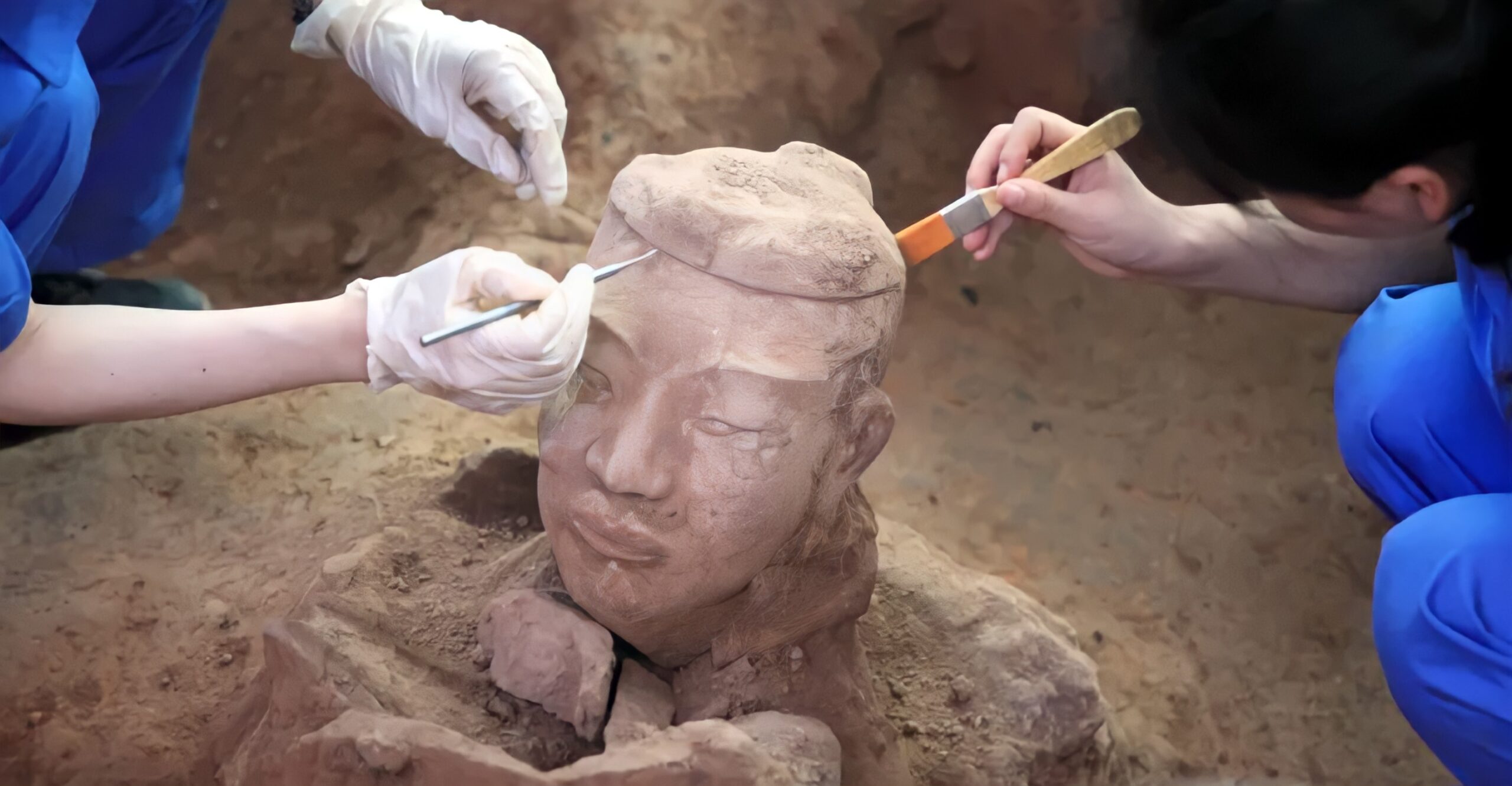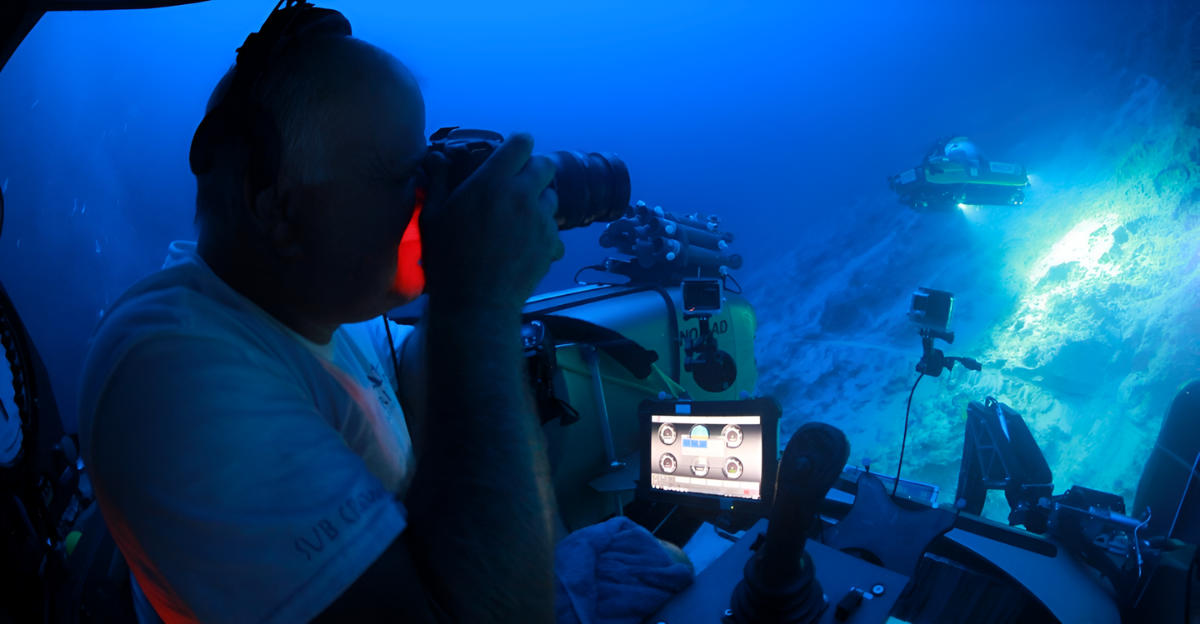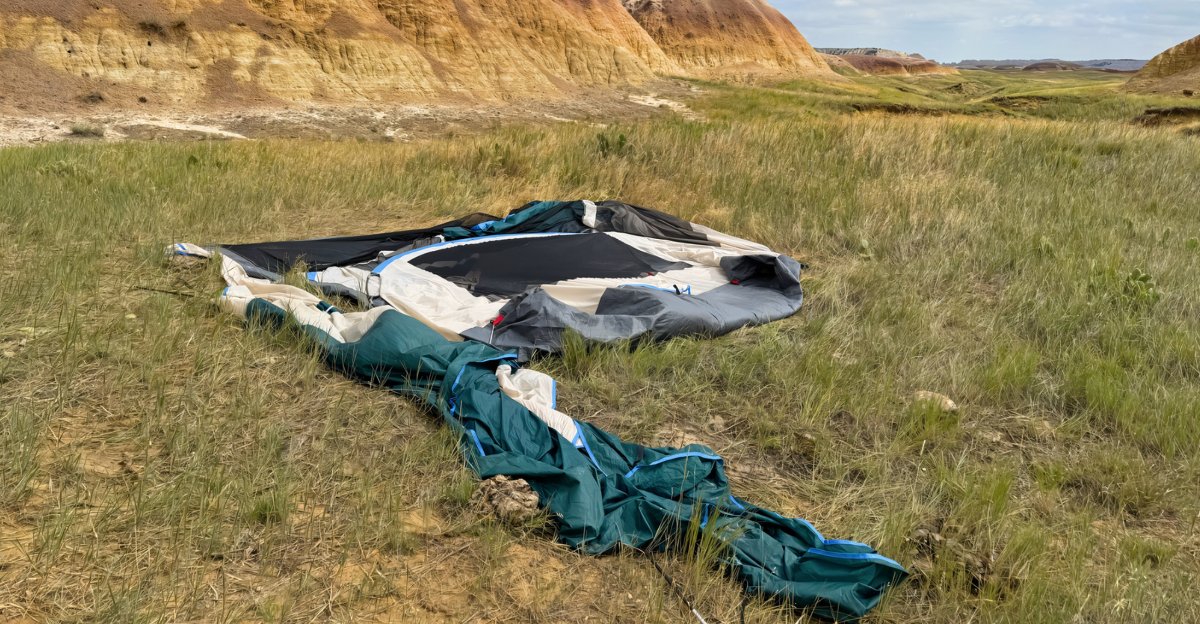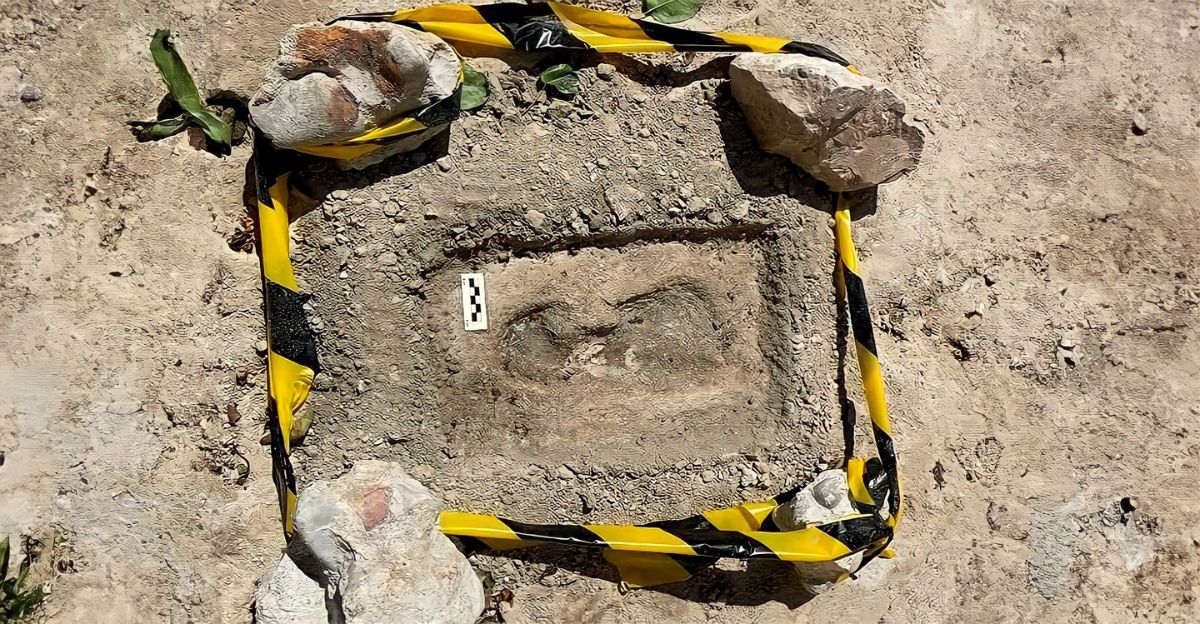
Imagine digging up a footprint as old as pre-dinosaur times—a human-like print preserved in rock dating back an estimated 500 million years.
Found in Utah’s Antelope Springs, this fossil has sparked controversy and raised questions about established theories on human origins.
It may be proof that our knowledge of human evolution is not complete. Let’s learn about this fascinating find and its implications for the ‘Out of Africa’ theory.
The Antelope Springs Discovery
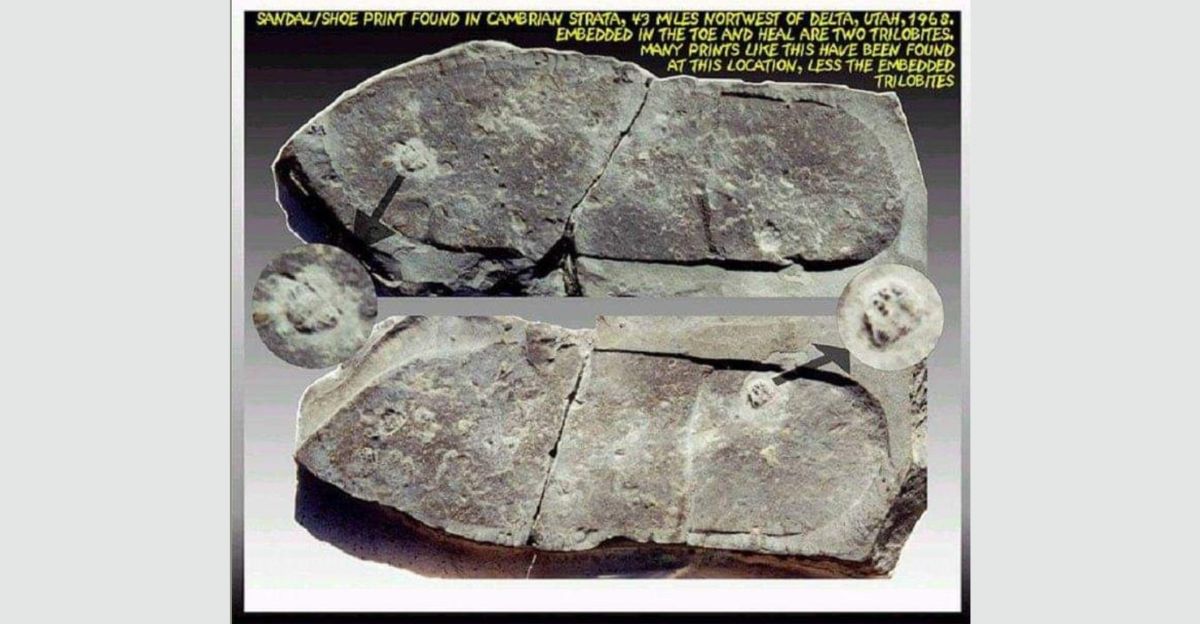
In 1968, fossil hunter William J. Meister found what appeared to be a human sandal print in Cambrian rock formations, along with trilobite fossils.
The find, dubbed the “Meister Print,” showed human existence at a point millions of years before humans were thought to exist.
The print’s resemblance to a modern-day shoe, with the addition of a flattened trilobite as an impression of the heel, raised interest—and concern—among scientists and observers.
The Cambrian Conundrum
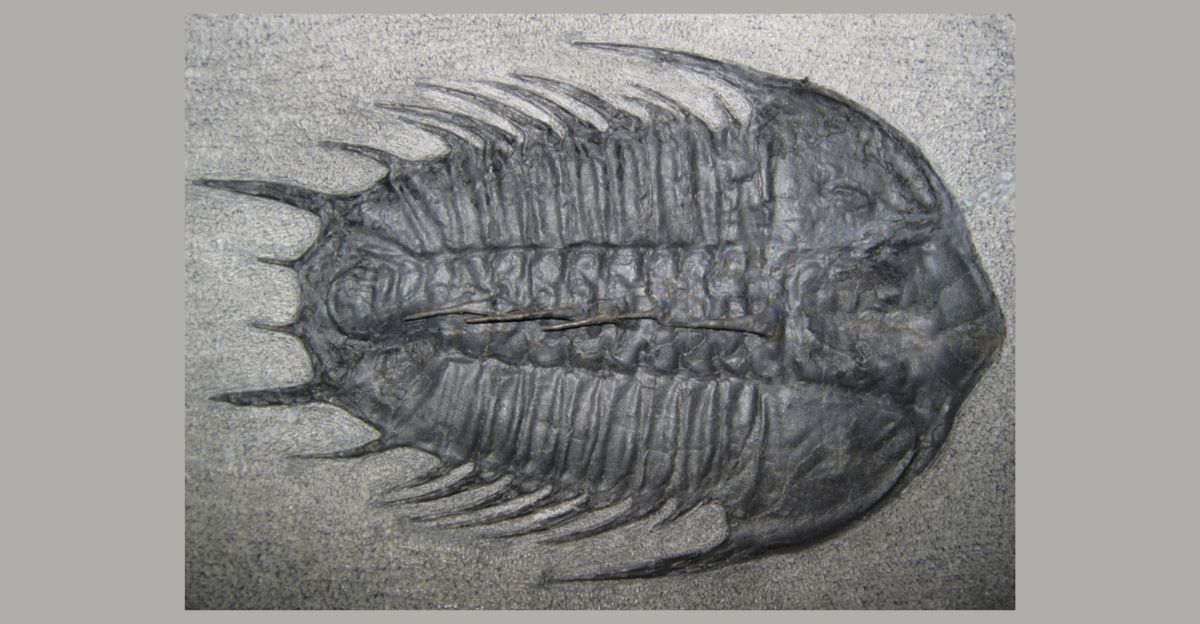
The Cambrian era, 500 million years ago, is famous for the “Cambrian Explosion,” when life forms rapidly diversified.
Evidence of a human footprint among Cambrian strata represents a strong challenge to conventional timelines, as it appears to exhibit that humans—or human-like creatures—lived earlier than modern evolutionary theory suggests.
Scientific Scrutiny and Skepticism

Mainstream researchers have largely dismissed the Meister Print as pareidolia—a geological structure that happens to resemble a footprint.
They suggest that geological processes, like spalling, are capable of producing patterns that closely resemble familiar shapes.
Without other supporting evidence, the scientific establishment is not impressed with the suggestion that the print presents definitive proof of early human existence.
The ‘Out of Africa’ Theory
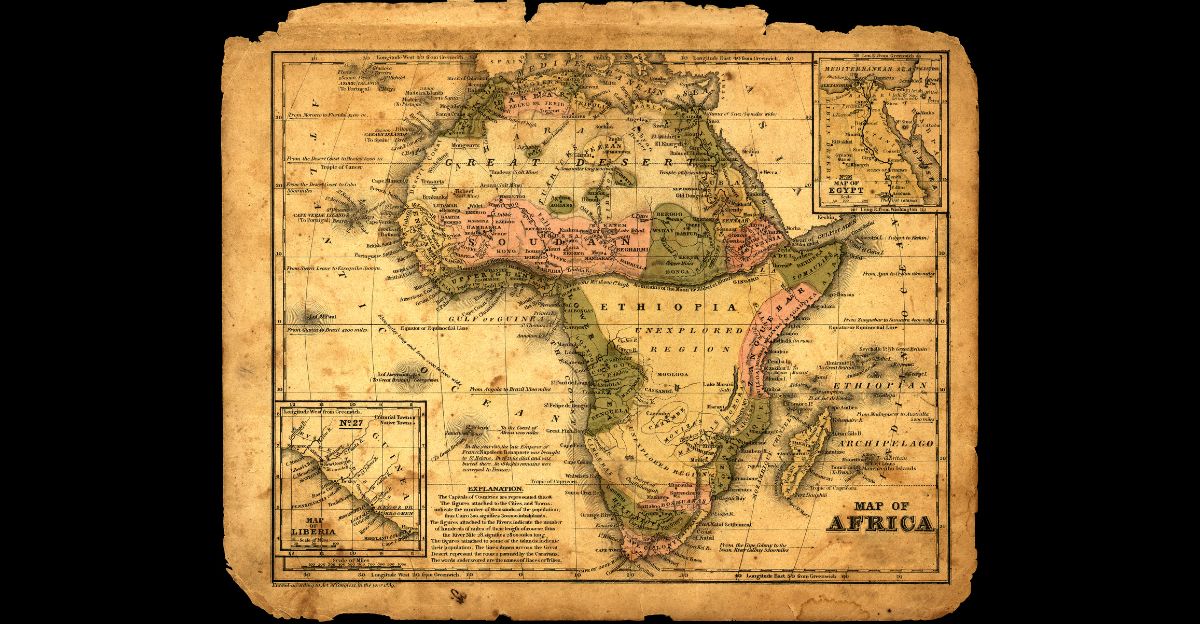
The current ‘Out of Africa’ hypothesis assumes that human beings evolved in Africa around 200,000 years ago prior to their spread elsewhere in the world.
The theory is supported by fossil evidence and DNA studies. Findings such as the Meister Print, if they are valid, would falsify this hypothesis by indicating a much earlier and possibly separate evolution.
Other Anomalous Footprints

The Meister Print is not the most controversial footprint find. The Tanzanian Laetoli footprints, dated at around 3.6 million years, demonstrate bipedalism and are assigned to Australopithecus afarensis.
While these footprints are in line with the modern evolutionary picture, others, such as those in Ileret, Kenya, and Happisburgh, UK, have been contentious in terms of chronology and the broader history of human migration.
The Laetoli Footprints
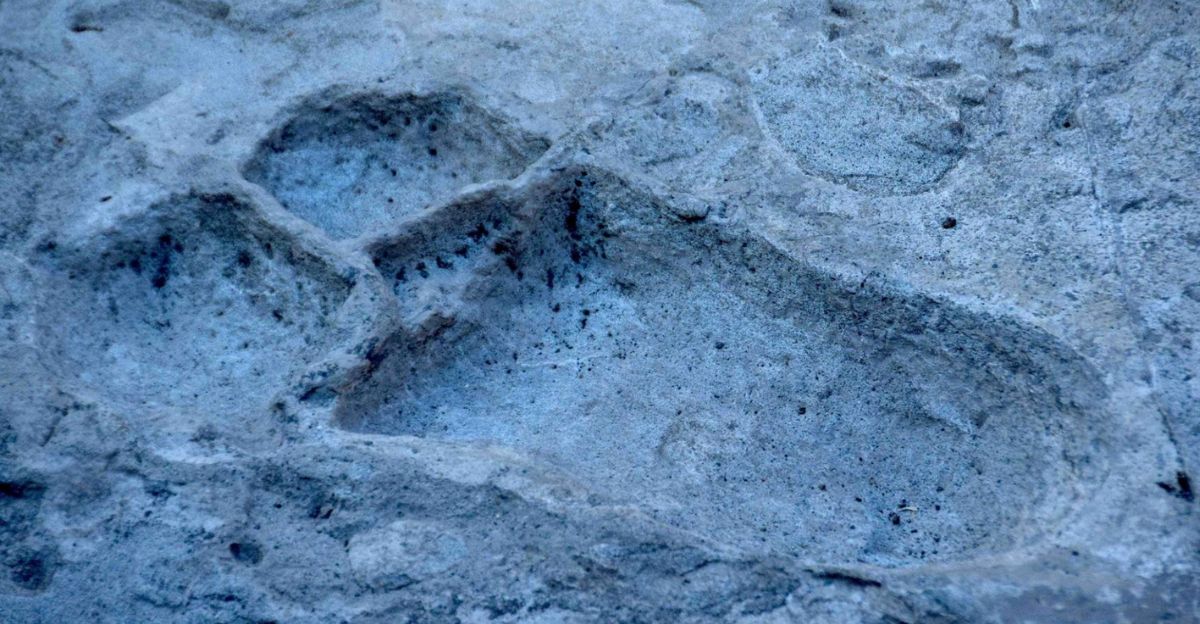
Found in 1976, Laetoli footprints are concrete evidence of early human bipedalism. The footprints, fossilized by volcanic ash, exhibit a mode of walking that is not much different from contemporary humans.
They are considered a cornerstone of scientific understanding of human evolution, corroborating the hypothesis that upright walking took place before extensive brain expansion in ancient humans.
Footprints at Ileret and Happisburgh

Footprints discovered in Ileret, Kenya, 1.5 million years ago, and Happisburgh, UK, approximately 850,000 years ago, offer insight into early human migration.
The Ileret footprints are assigned to Homo erectus, but the Happisburgh footprints suggest that humans reached northern Europe much earlier than previously believed, uncovering a more nuanced history of migration.
Technological Advances in Dating

Advanced methods such as 3D imagery and stratigraphic analysis have transformed the research on ancient footprints.
They enhance our ability to date and interpret fossilized tracks, enabling scientists to more readily distinguish between natural formations and authentic prints. Such advancements are significant in assessing disputed evidence such as the Meister Print.
The Role of Paleoanthropology
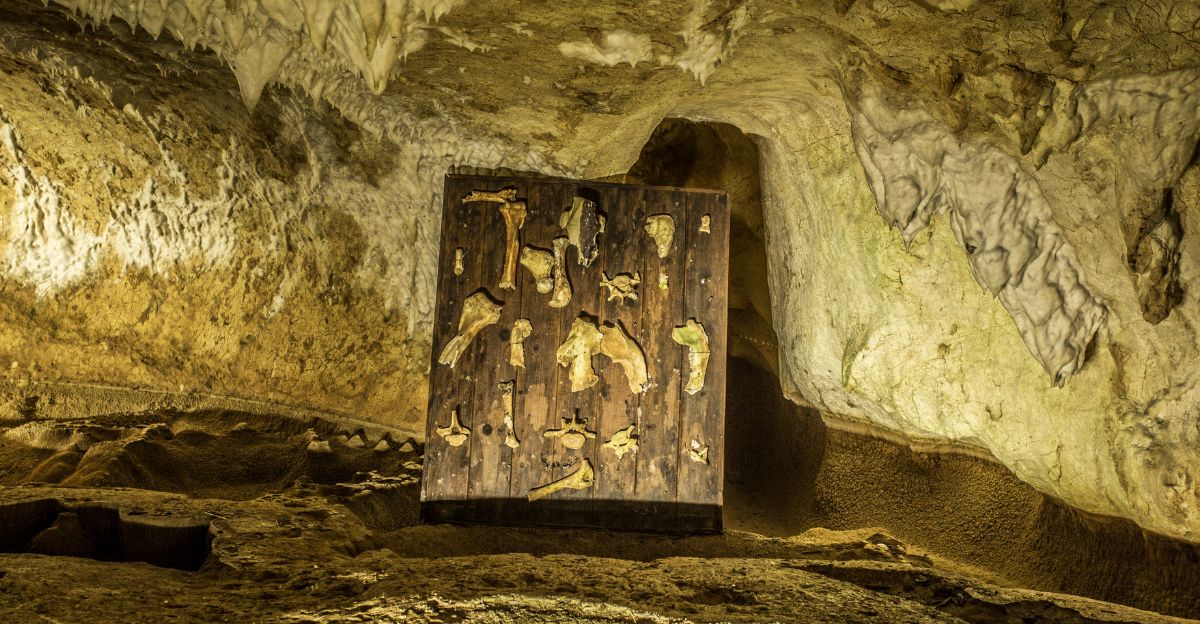
Paleoanthropology integrates disciplines such as geology, archaeology, and biology to understand human evolution.
Scientists can piece together how our ancestors looked and lived by examining fossilized tracks and remains. This multi-disciplinary approach is critical in evaluating claims that challenge conventional evolutionary timelines.
Public Fascination and Pseudoscience

The public loves anomalous findings, sometimes giving pseudoscientific interpretations. Healthy skepticism is good, but we must be careful not to confuse empirical science with speculative hypotheses.
Science is based on replicable results and peer review to ensure conclusions drawn from empirical evidence.
The Importance of Context

Context is everything when trying to decipher fossil findings. The geologic stratum, related artifacts, and conditions of the environment all speak volumes.
Without context, it’s difficult to accurately determine the age and origin of the discovery and where it came from. This makes proper documentation and examination even more critical in paleontology.
Back to the ‘Out of Africa’ Hypothesis
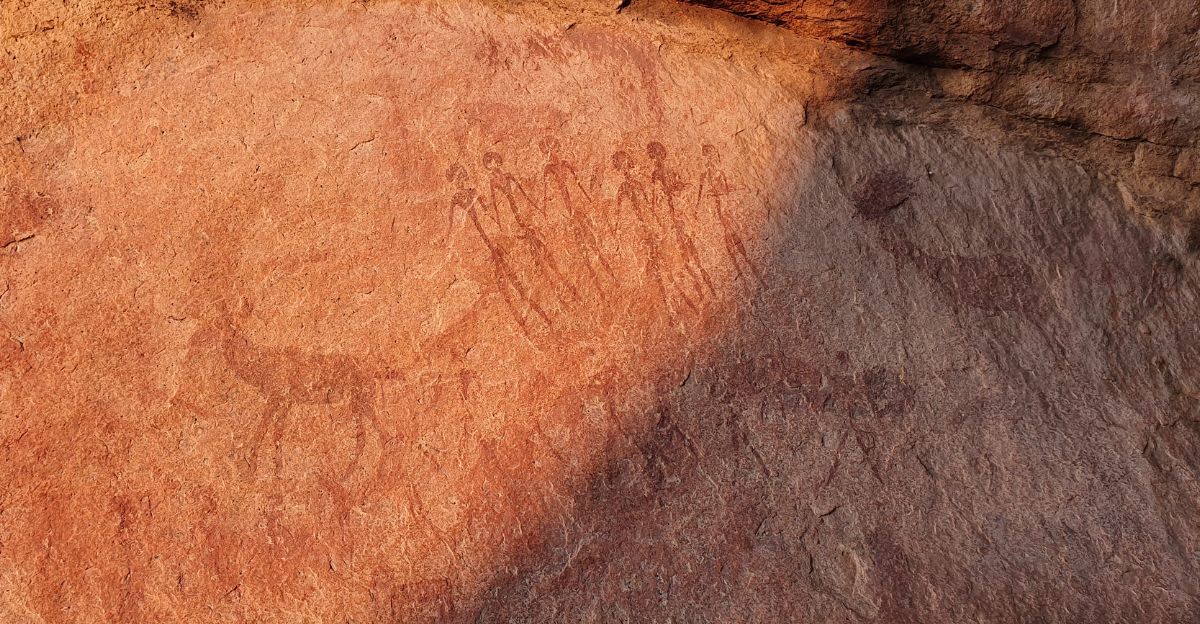
Even though the ‘Out of Africa’ hypothesis is compelling, new findings are constantly reshaping our knowledge on human evolution.
Signatures of early human presence in many areas indicate that migration processes were multifaceted and may have involved multiple waves of dispersal. More research will try to collate all of these puzzle pieces into a coherent picture of our past.
A Footprint in Time
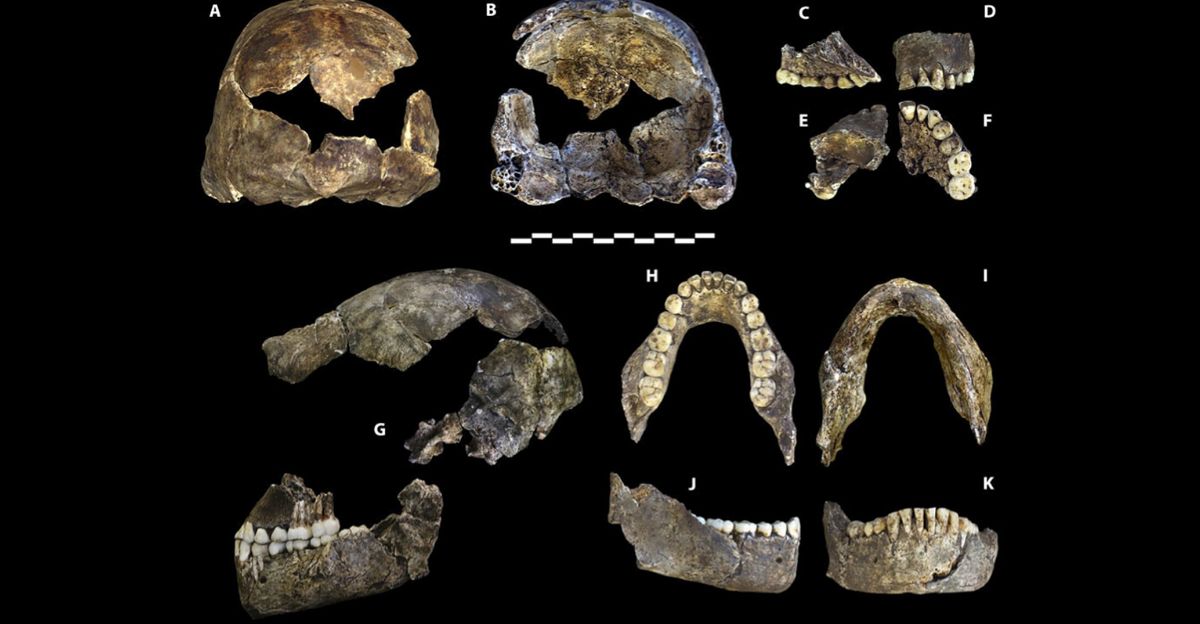
The Meister Print reminds us of the mysteries still hidden in the earth’s ancient layers. Whether it is a real footprint or a geological oddity, it reminds us to leave room for doubt and follow scientific principles.
As technology evolves and new evidence comes to light, humanity’s history will continue to reveal itself more and more clearly.



